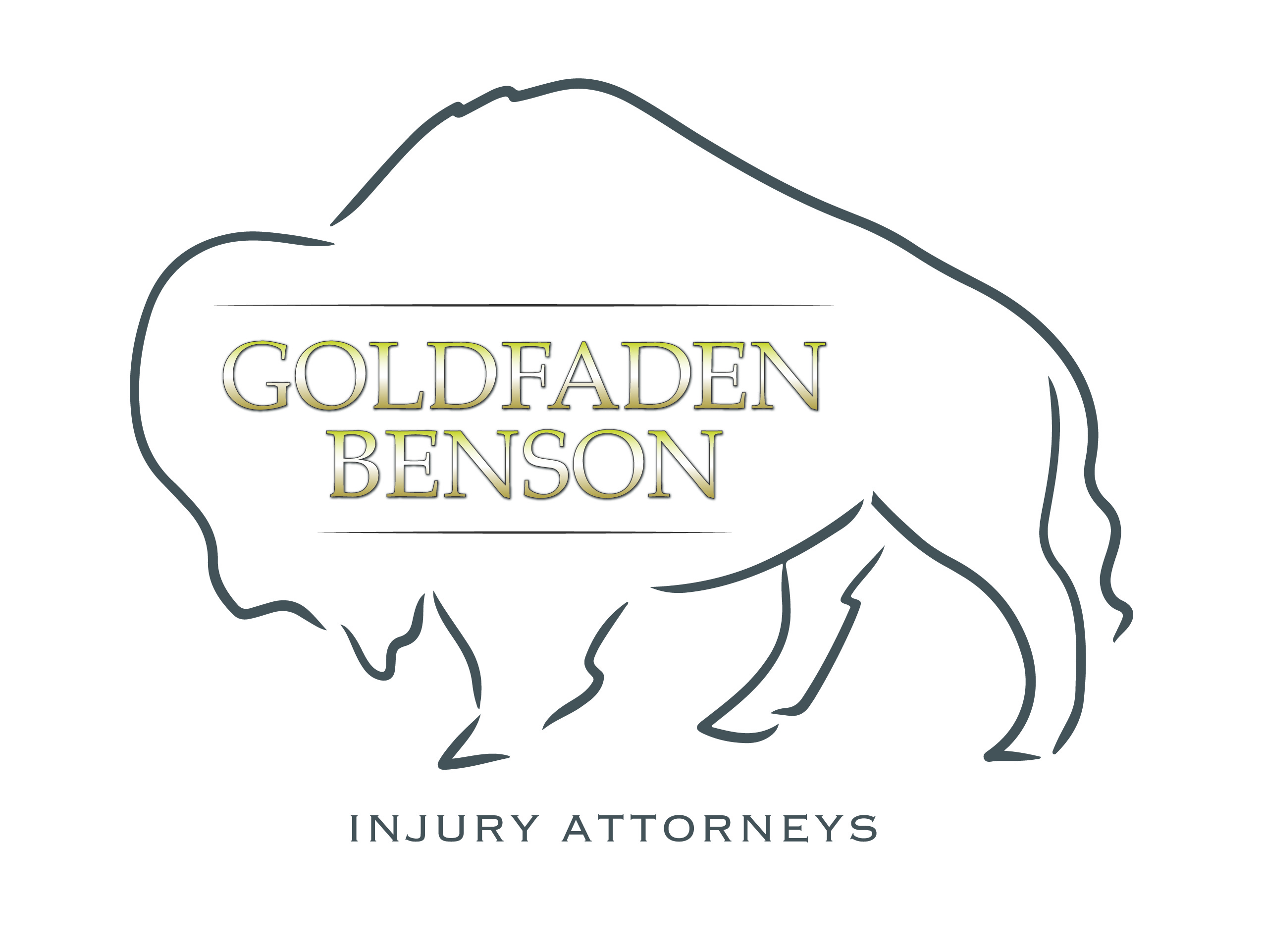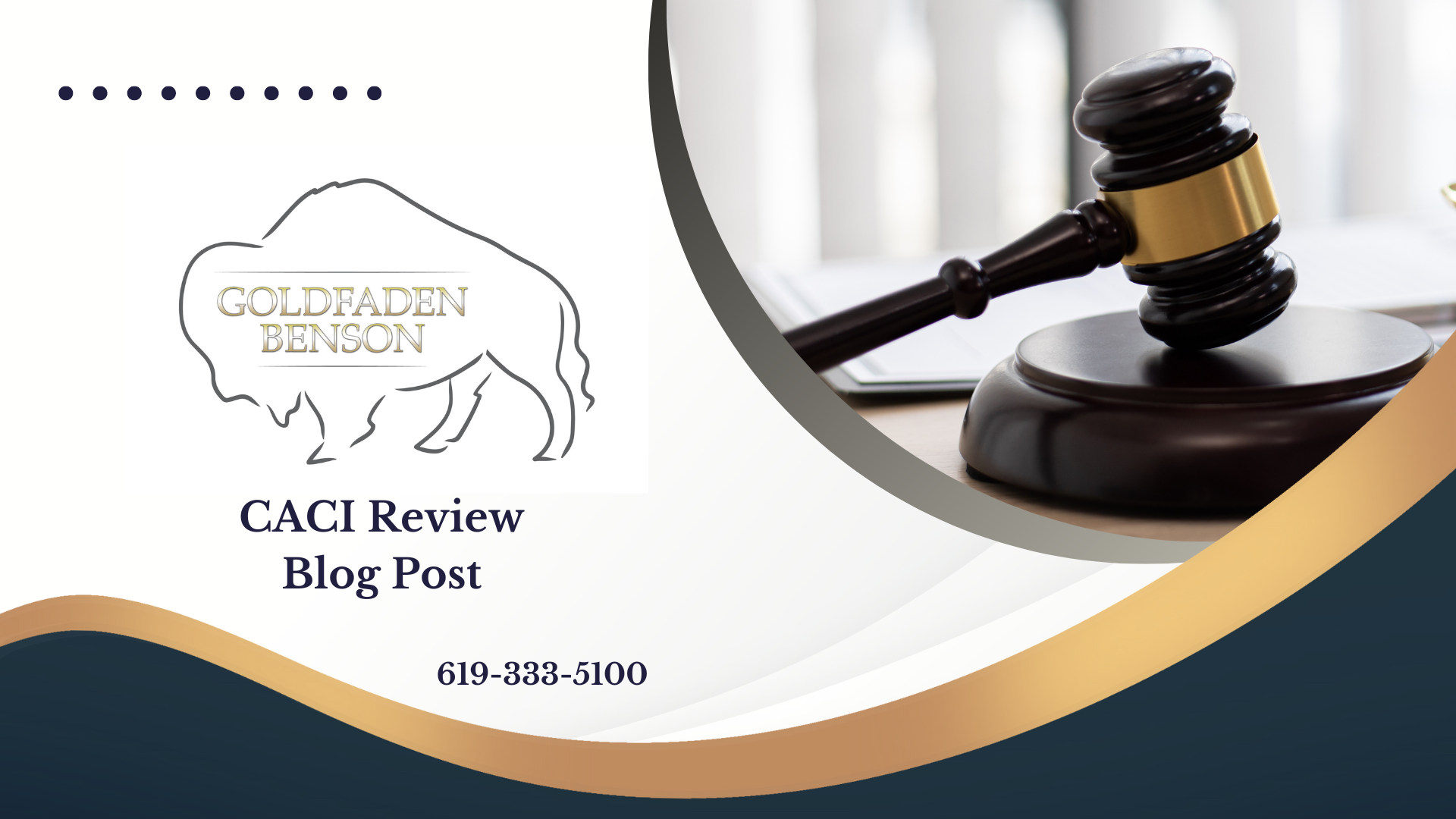Title: Understanding Premises Liability: What You Need to Prove
Premises liability is a major area of personal injury law. It holds property owners accountable for injuries that occur on their property due to unsafe conditions. If you've ever slipped and fallen in a store or been injured on someone else's property, understanding this area of law is crucial.
To succeed in a premises liability claim, you must prove certain essential elements. Let’s break these down in a way that’s easy to understand.
Key Elements of a Premises Liability Case
1. **Ownership or Control**: You need to show that the defendant owned, leased, occupied, or controlled the property where the injury took place. For instance, if an injury occurred in a restaurant, the restaurant owner would be the defendant.
2. **Negligence**: Next, you must prove that the property owner was negligent in managing the premises. Negligence refers to a failure to exercise reasonable care, which can result in unsafe conditions.
3. **Harm**: There must be evidence of actual harm. This can be physical injury or, in some cases, emotional distress. Documenting your injury with medical records is crucial.
4. **Causation**: Lastly, you must establish that the negligence was a substantial factor in causing your harm. This means proving a direct link between the property owner's negligence and your injury.
To illustrate, think about a situation where a grocery store has a wet floor but doesn't post any warning signs. If someone slips and falls, they could pursue a premises liability claim against the store based on these four criteria.
Responsibilities of Property Owners
Property owners have a duty to ensure their premises are reasonably safe. This involves regular inspections and timely repairs. If they fail in this duty and someone gets hurt, they can be held liable for negligence. Even if the injured party should have noticed the unsafe condition, a property owner might still be liable if they knew about the hazard but did not address it.
Constructive Notice
It’s also essential to understand the concept of constructive notice, which means a property owner should have known about a dangerous condition if they had been exercising reasonable care. If a hazard has been present long enough that the owner could have discovered it through regular inspections but didn't, this may also support a claim .
Conclusion
In short, if you’ve suffered an injury due to unsafe conditions on someone else’s property, you may have a valid premises liability claim. Knowing what you need to prove is the first step towards seeking justice. If you have questions about a specific situation, consider reaching out to a law firm that can help you understand your rights. At Goldfaden Benson, our team is here to assist you with any legal concerns you may have about premises liability.
For further information or to schedule a consultation, visit our website or contact us directly. Have you or someone you know been a victim of an unsafe property condition?







